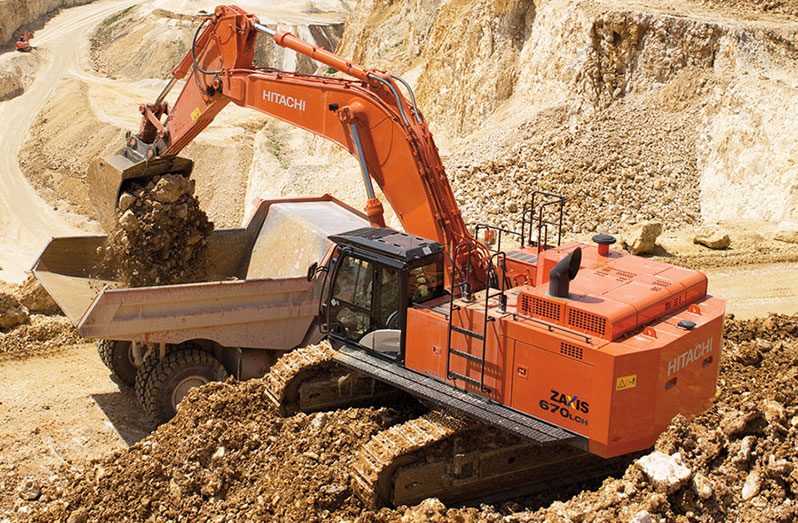COGNISANT of the increasing demand for aggregate and the existing limitations regarding local supply of construction materials, Tri-Country Inc. plans to fill the gap with a US$3 million quarry project at Kushekabra Hill, Region 10.
The site for this potential project is located on the left bank of the Demerara River, 20 km north east of Mabura, 75 km from Linden and 175 km from Georgetown. The proposed operation is in proximity of the Linden – Lethem roadway and is well placed to support the construction of the Guyana – Brazil highway and associated development.
“There are no historic or active quarries in the vicinity of this proposed new quarry development,” Tri-Country Inc. said in a project summary seen by this publication.
The plan, as outlined by the company, is to obtain a quarry license from the Guyana Geology and Mines Commission (GGMC) to develop a modern, large-scale quarry to meet the existing and projected demand for aggregate.
According to the Institute of Quarrying, this activity involves the process of removing rock, sand, gravel, or other minerals from the ground, to use them to produce materials for construction or other purposes.
Quarrying is any such work on the surface of the earth where minerals are extracted. Quarries are also known by other names around the world, such as, surface mine, pit, and open pit, or open-cast mine.
The institute says that materials produced by quarrying are essential to everyday life, as they provide the construction materials needed to build roads and buildings, deliver vital minerals to agriculture, and support the generation of electricity among other things.
At Kushekabra Hill, the potential for hard rock occurrences, which might become exploitable quarry material, is very good, Tri-Country said.
“The region is part of the Trans-Amazonian Craton and the underlying rocks are collectively known as the Barama – Mazaruni Supergroup (BMS) and the quarry licence, more specifically, lies on the boundary between the younger intrusions within the Bartica – Gneiss Complex and metabasic super crustals of the BMS,” the company related.
The general area, which stretches across 805 acres of land, is covered by young alluvium, fluviatile materials as well as saprolitic material. The observed outcropping, float rock and the topography are indications of the underlying hard rock, quarriable material.
Based on initial estimates, the output of this quarry is expected to be at least 4,000 tonnes per week of aggregate.
Moving forward, the company intends to be a responsible corporate partner to the Government of Guyana and is currently assembling a team of experienced and professional persons to manage this project.
Speaking about the potential for advancement in the local quarrying industry, President Ali had said: “Guyana has a huge quarry potential that has been greatly underdeveloped. Our accelerated housing program, massive highways, and community roads to be developed will increase our demand three-fold over the next five years.”
To maximise local benefits, create jobs, and expand local content through this industry, the government is in the process of issuing new quarrying licenses, to fully satisfy local demand.
Last year, the mining and quarrying sector grew by 36.5 per cent, driven by growth across all industries, namely, oil, gold, bauxite, and other mining and quarrying enterprises.




.png)









